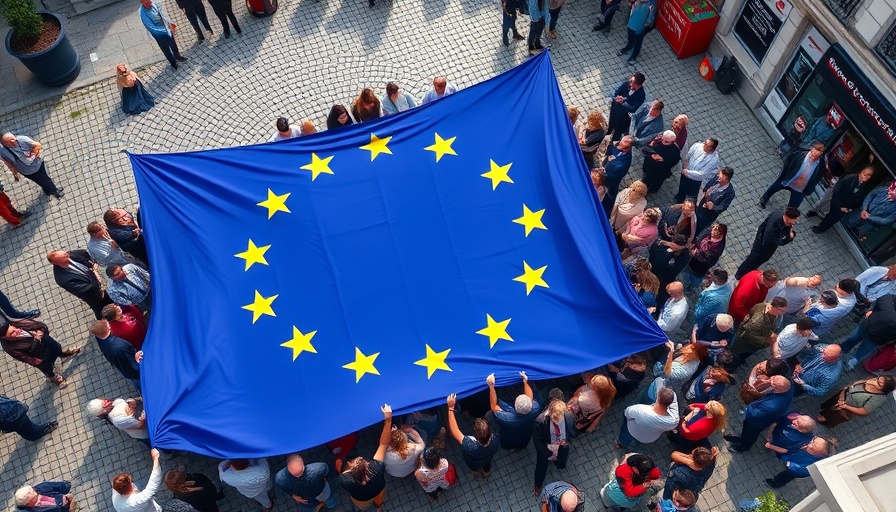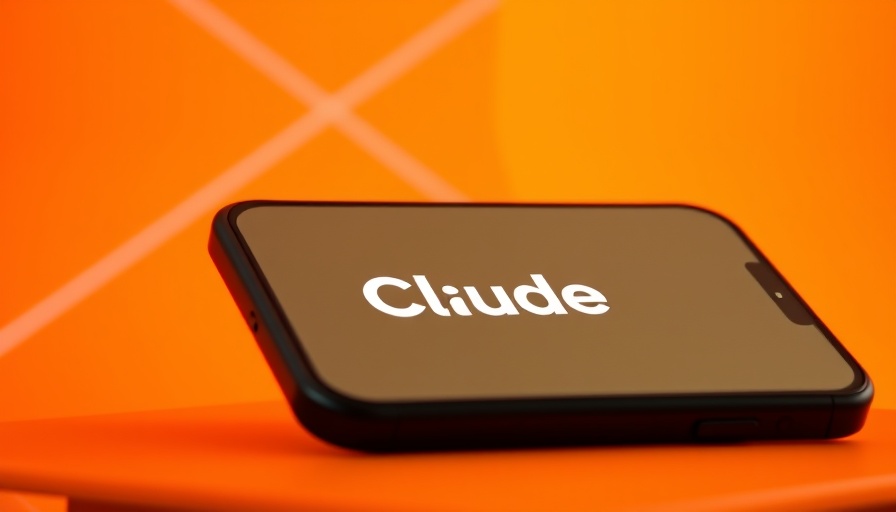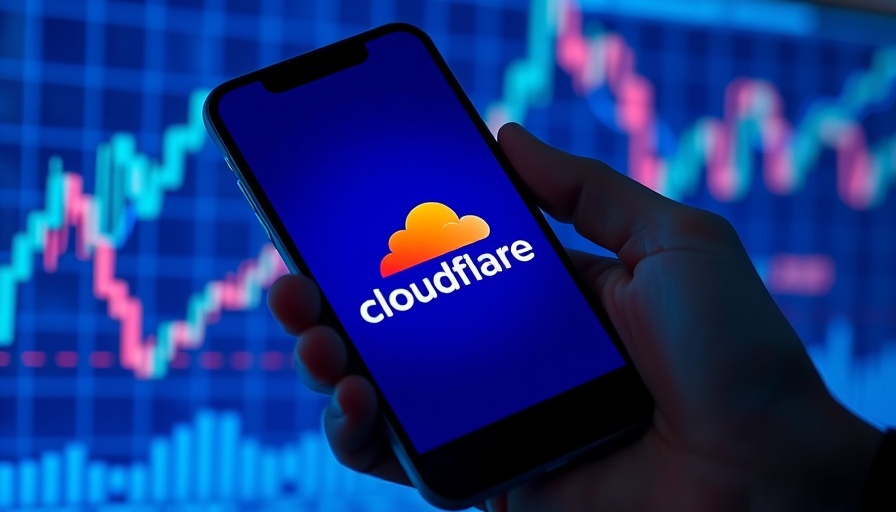
Why Unique Image Landing Pages Matter for SEO
Google's approach to SEO continues to evolve, and recent insights from Google’s Search Advocates highlight a crucial strategy for enhancing image visibility: providing unique landing pages for individual images. As more businesses and content creators publish visual content, understanding how to optimize image search becomes essential. John Mueller, a notable figure from Google, emphasizes that assigning a unique landing page to each important image can significantly boost its chances of appearing in image search results, while traditional gallery setups may limit this visibility.
The Drawbacks of Gallery Setups
Gallery pages that house multiple images often use JavaScript lightboxes or URL fragments, which can hinder Google's ability to index images properly. Mueller explained that when Google encounters such a page, it is faced with a decision: with numerous images and minimal descriptive content, it may question the page's relevance for individual images. This lack of clarity can lead to missed opportunities in image search rankings.
Steps to Improve Image Search Visibility
For those serious about enhancing their image search visibility, here are actionable steps:
- Create Unique URLs: Each significant image should have its own unique, crawlable URL that does not depend on JavaScript for loading. This allows Google and other search engines to effectively index your images.
- Include Descriptive Text: Accompany each image with original descriptive text. This can include details about the image’s subject, location, or technical specifics, providing additional context that search engines consider important.
- Maintain Gallery Pages: While galleries can still serve their purpose for broader topics, it’s crucial not to rely on them for ranking individual images.
Understanding Responsive Images
An important aspect of contemporary image optimization is the use of responsive images and modern formats such as WEBP and AVIF. These formats provide improved performance and user experience. However, Mueller notes that simply implementing these best practices won’t guarantee improved rankings. It’s crucial to combine them with strategies like unique landing pages and descriptive content to see real results in image search.
The Importance of Auditing Your Website
For content creators and businesses publishing visual materials, it’s vital to evaluate how your site manages image URLs. Many default implementations of image galleries within CMS platforms (Content Management Systems) may be preventing your images from getting indexed correctly. Performing an audit on your site's setup and optimizing key images can uncover search visibility gains you might currently be missing.
Conclusion: Take Control of Your Image SEO Strategy
As the landscape of SEO continues to grow, keeping pace with Google’s recommendations is essential for maintaining online visibility. By understanding the significance of unique landing pages for your images and following the outlined strategies, you can maximize the potential of your visual content in search results. Don't allow valuable imagery to go unnoticed—take proactive steps to boost your image visibility and improve your overall SEO strategy today.
 Add Row
Add Row  Add
Add 




Write A Comment